Lighting is one of the most important components of a restaurant project. This factor greatly influences the success of the restaurant in question, increases the influx of customers, and, consequently, even profits.
However, there isn’t a standard project for the illumination of a restaurant because a generic, anonymous, and standardized lighting project would inevitably neglect the specific characteristics and qualities that make each restaurant unique, ending up cheapening its identity.
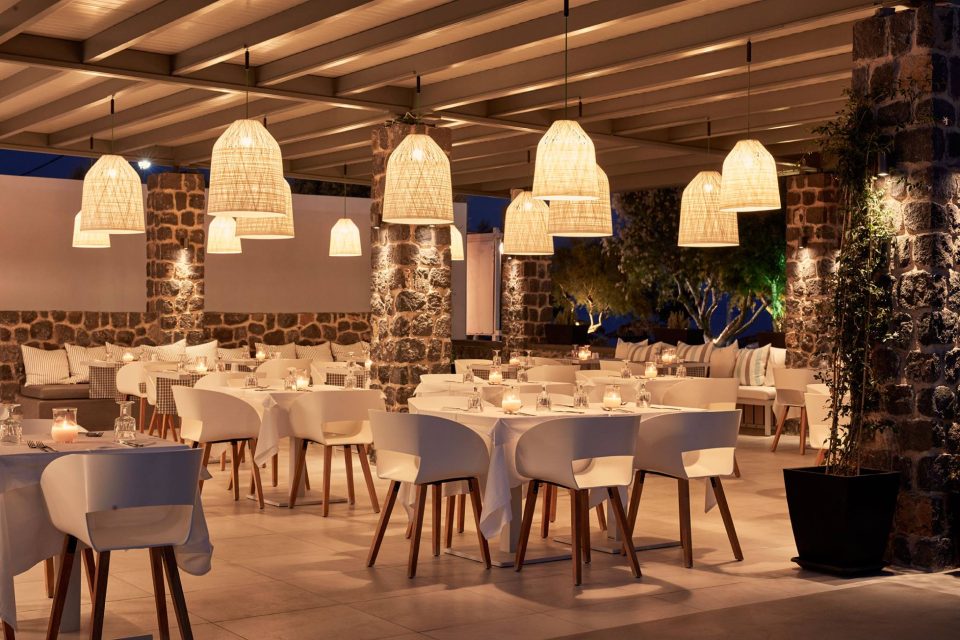
Black Out
So, when you create a project for a restaurant, always keep in mind that every restaurant has its own personality, including a story of its territories, flavors, and traditions that you have the task of communicating and enhancing through light.
The choice of the right light in the restaurant is a fundamental factor to attract a greater flow of customers, to welcome, entertain and excite them, so they can rediscover the taste of coming together at the table in an environment suitable for conviviality.
Adopting the right kind of lighting takes on an equally fundamental role as regards the relationship between light and food. Light helps to convey food and its visual, olfactory, and emotional values more effectively, to enhance the quality of the gastronomic experience.
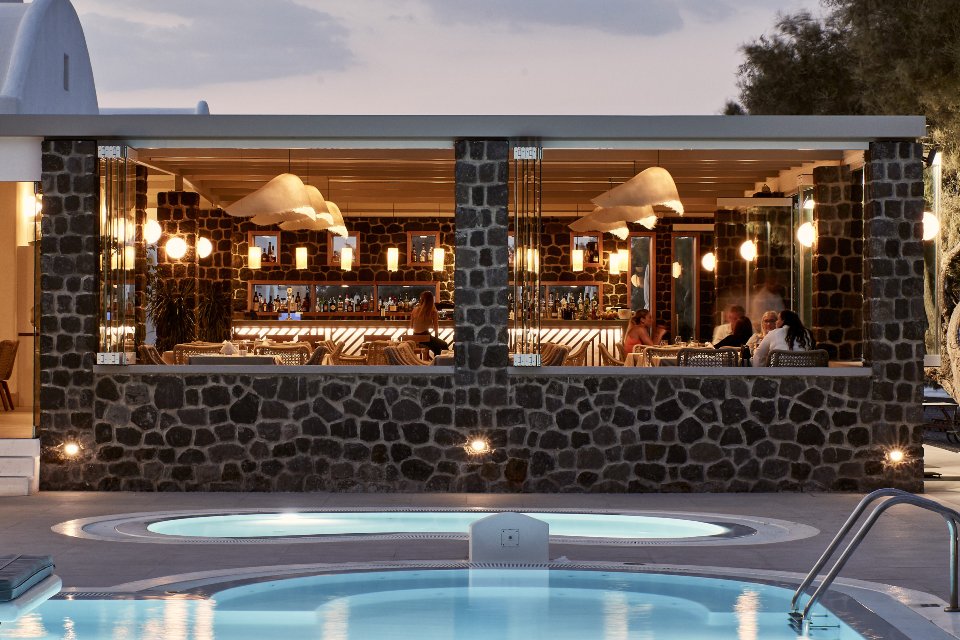
Moby Dick
Therefore, your lighting project for a restaurant must make light an indispensable communication tool, able to bring about entrancing emotions in the most demanding customers, but also to effectively convey the image of your customer's brand. Having a perfect dinner involves taste and all the other senses, making a welcoming, enveloping, and entertaining atmosphere fundamental, predisposing them to the pleasures of the palate that await them.
The right light makes you immediately perceive the most delicious and appetizing foods: the light, falling perpendicularly on the plate, transforms it into a stage of love, a meeting place that communicates all the passion, emotion, and creativity of the chef.
Create a highly inviting environment through lighting that can give a multisensory and unforgettable journey in which customers can be fully immersed from the moment they enter the restaurant; this is the secret to designing the lighting of a restaurant that will absolutely be a winning set up.
How to design the right lighting for a restaurant
To design the lighting of a restaurant in a unique and optimal way, the right strategy consists in using a variety of light sources and harmonizing them as if they were different instruments in the same orchestra.
By studying the structure in-depth, you can choose where to place the lights and which devices to choose for the various points, to give the restaurant that extra edge that will make it different from its competitors, as well as making the guest experience unique and unrepeatable.
For you to succeed in these intents, pay attention to some fundamental aspects that will guarantee the success of your every project to illuminate an ad hoc restaurant.
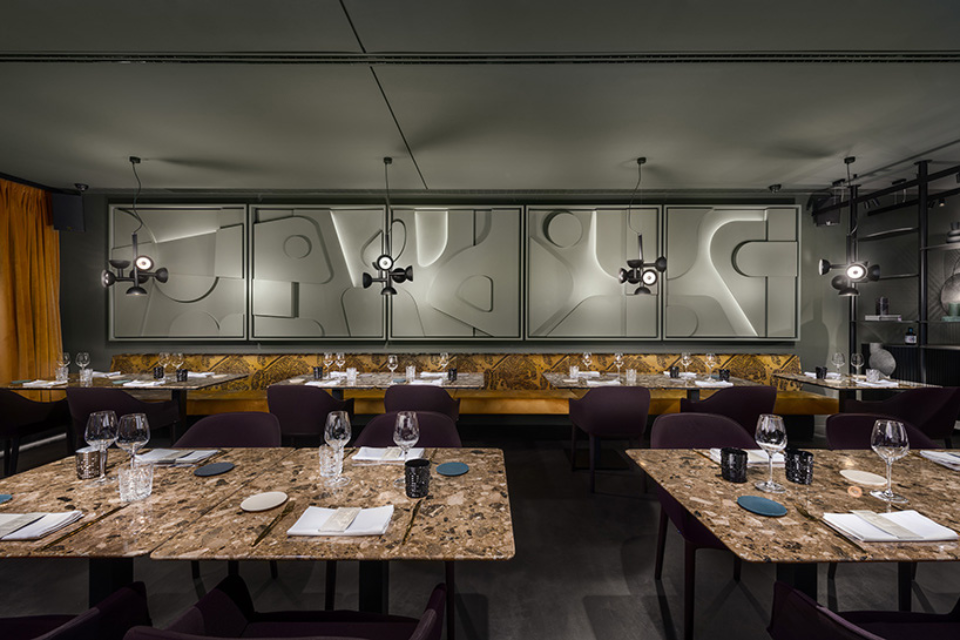
Sibilla
Start with general lighting
General lighting is soft and diffused lighting from lamps that provide a generic and regular level of light in the whole environment, without favoring any particular area.
The ideal would be to start with this type of lighting and then combine wall lamps, table lamps and/or floor lamps to avoid excessive uniformity in the environment, strategically creating lights and shadows to give the room the perception of a certain three-dimensionality.
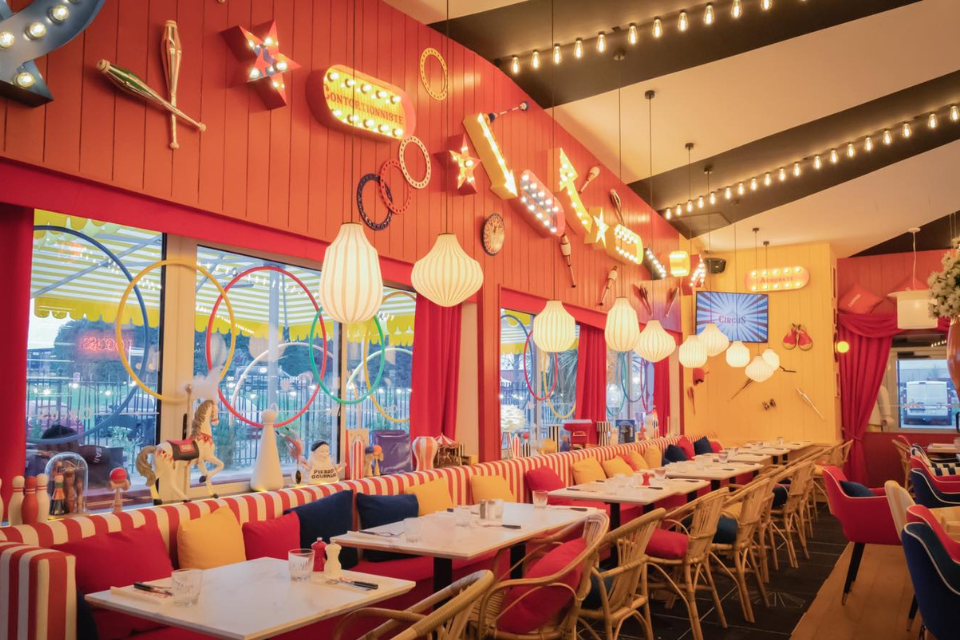
Circus
Consider accent lighting
Accent lights are used to highlight the important details of the restaurant, to which your client wants their guests to turn their attention, such as paintings, sculptures or exhibition areas, for example, a cheese and cold cuts corner or the area dedicated to wines.
In these cases, you must set up the light so that it can capture the attention of the guest, accompanying their eyes to the areas indicated, to enhance the quality of the products displayed.
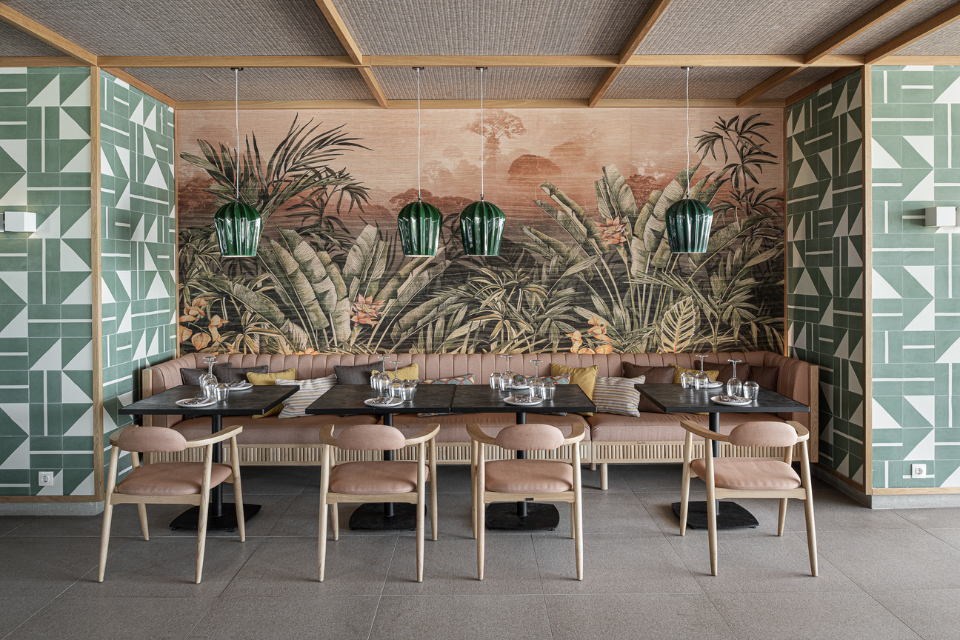
Sahara
Finish with decorative lighting
Consciously using decorative lamps in your client's restaurant, means making the decor more pleasant but also creating an even more stimulating and evocative atmosphere that envelops the entire restaurant.
There are many decorative lamps available on the market that are distinguished by shape, color, and material. However, pay attention to a detail that is as important as it is often ignored: don't be fooled by the latest design trend because this will not be enough to turn your client’s restaurant into a trendy place.
Therefore, choose lamps that really blend with the style and identity of the restaurant you're working on, looking beyond the latest trends.

Kimono and Ululì - Ululà
Light accompanies customers from the outside in
Your project must necessarily also include the correct outdoor lighting: never lose sight of the importance of a first impression, the restaurant's calling card that will make the difference between your client’s restaurant and its local competitors.
Make sure you choose the correct lighting of the façade and the name of the restaurant and integrate lighting effects for the garden and in the driveway, which will be useful to accompany guests to the entrance of the restaurant.
These are all points that you need to illuminate correctly to offer guests a truly seductive and warm welcome.
Your project must also take care to put the angles and perspectives under the right light to capture the attention of passers-by, calibrating tones and intensity, lights and shadows, to create evocative effects that will take guests by the hand and lead them directly to the restaurant's front door.
Simply put, you have to use light as an effective communication tool.
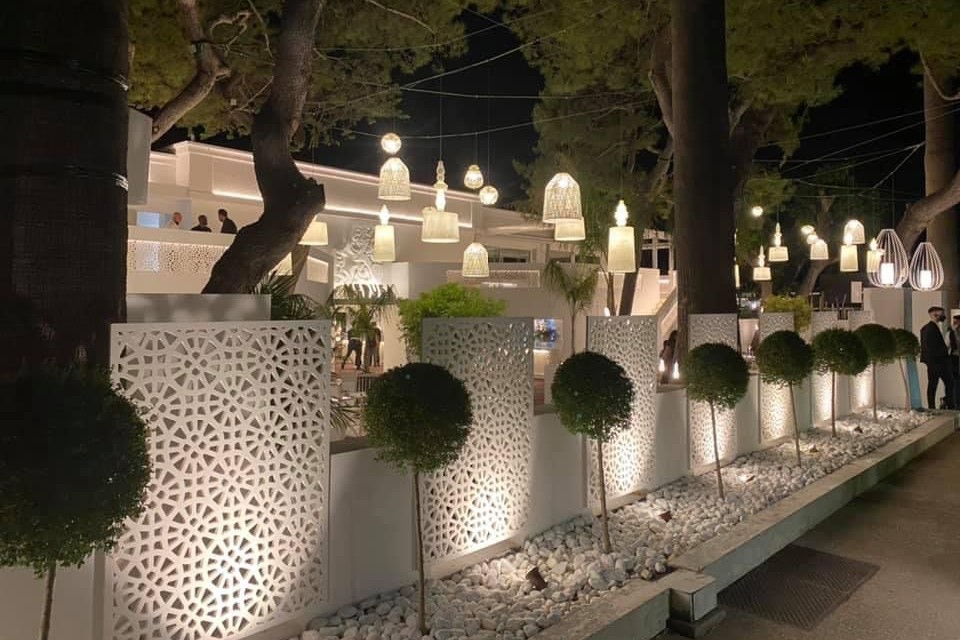
Black Out, Alibabig, Alì e Babà, 24 Karati and Cell
Choose the colors of the lights carefully
Each lamp has a specific color and shade of light.
The advent of LED lights has made sure that the old incandescent bulbs were immediately replaced, but you have to be very careful when choosing the right color and the most appropriate LED.
This choice changes depending on the type of restaurant you are illuminating with your project. If, for example, your client's room serves fast food, you can orientate yourself towards lighting that provides more light in the service area and a good intensity of light over the tables.
On the contrary, if your client's restaurant has a refined cuisine, it would be better to move towards a warmer colored light, which manages to create a more intimate environment.
The fundamental element of your project must always fall on the choice of the most suitable lamps to clearly show the food that the guests have on their plates. Several studies have shown how lighting affects the mood of the guests, who, based on some precise lighting criteria, can relax, feel at ease, as well as feel a sense of agitation that makes them nervous.
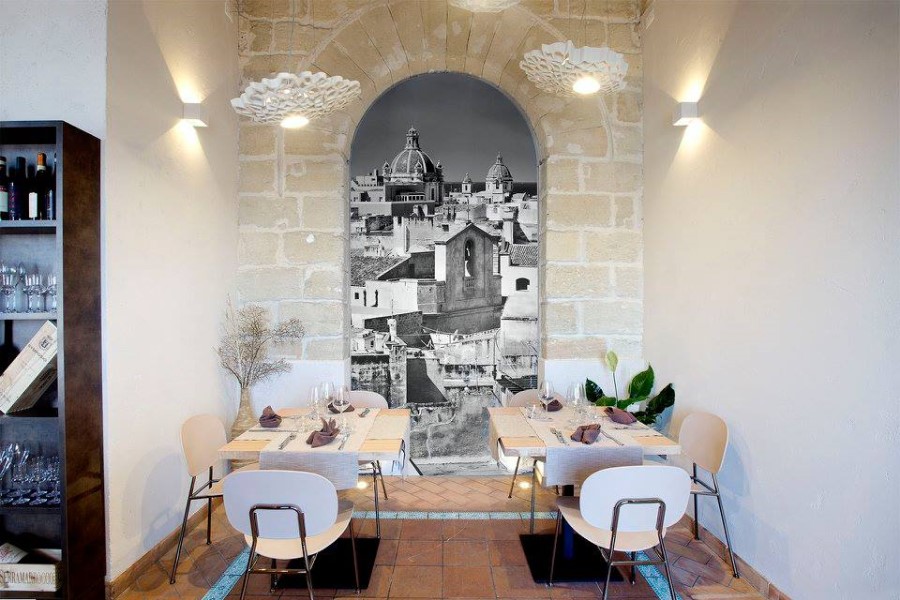
Notredame
Therefore, dark corners, very white lights in your eyes like at the dentist, lights with the wrong color that distort the perception of poorly lit food and rooms, do nothing but offer guests a negative, if not really annoying, experience which will have as a consequence the fact that those guests will return to that restaurant, also leaving bad reviews that will only bring bad news to your customer.
The responsibility for all this is your project: you are not only planning the lighting of a restaurant, but you have its destiny and that of your client in your hands
What mistakes to avoid in designing restaurant lighting
When you create a project to illuminate a restaurant, in addition to taking into account the points to follow to do things right, you must also pay attention to the mistakes to avoid that you will inevitably encounter along your path towards optimal lighting for the specific structure you are working on.
So let's take a look at what points to avoid in your lighting project for a restaurant:
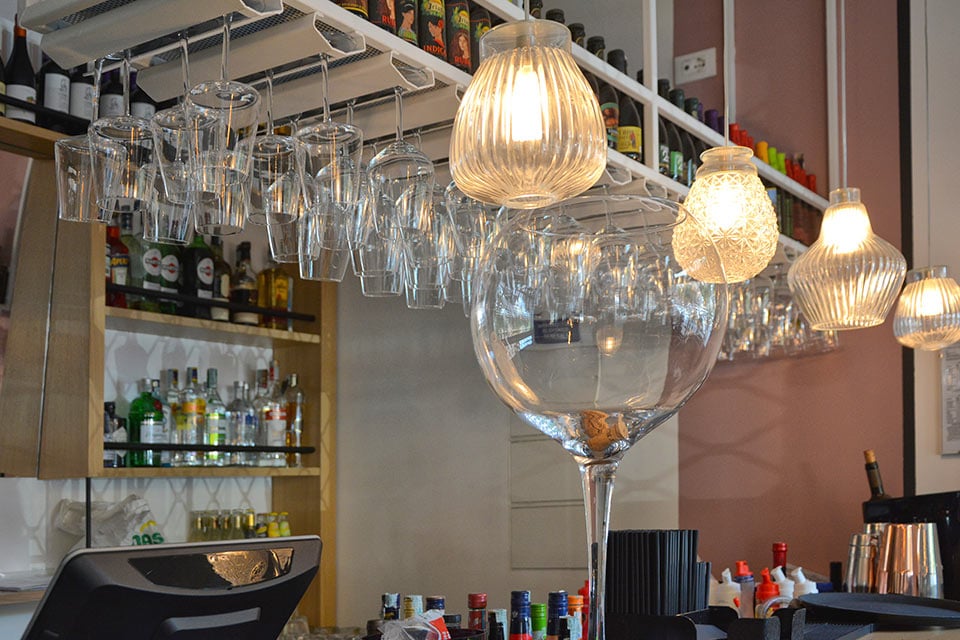
Ceraunavolta
Choosing the lights according to your tastes
The aspects that you must consider in the design phase are many, but the first one is the target customers that your restaurant addresses.
This point will tell you what kind of customers will enter the restaurant and, consequently, what atmosphere they expect to find. Having established this, you must assess whether the lighting you have in mind will be able to satisfy guests and make them feel at ease.
Therefore, it is essential that your decisions and actions are always made based on the type of clientele you want to satisfy. If the restaurant you are working with is aimed primarily atcouples, the style you should adopt will certainly be elegant and romantic, with adjustable lights so they can be lowered.
If the restaurant caters to young target customers and requires fast meal consumption, then you can consider a more energetic type of lighting.
A trattoria or an agriturismo, with a much more rustic, country-style, will should recreate an atmosphere that brings guests back to the past, through the use of a soft and warm light, which is comfortable right from the start.
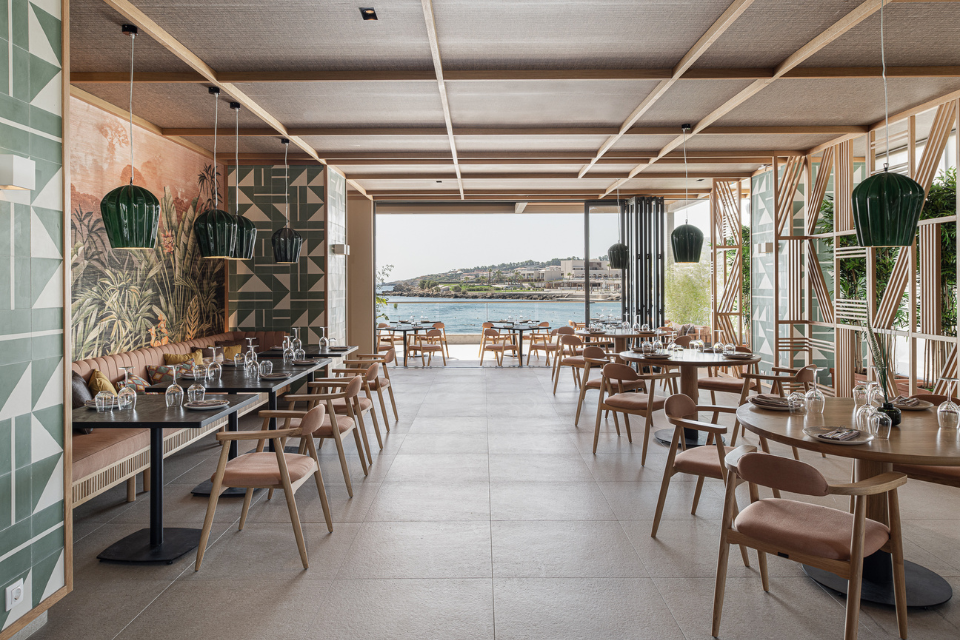
Sahara
Not taking into account the color temperature of the light
The temperature of the colors of light is a factor that must take into account the reference target, the materials and the colors of the environment, the style of the room, and the atmosphere that your client wants to create.
Whatever the style of the restaurant, the temperature of the colors of light communicates the restaurant’s personality.
Light creates the personality of locations and enhances the characteristic features of the restaurant, just like the colors of the walls and the type of furniture. Avoid common mistakes such as using a light that is too white or too cold, that does not fit the style of the restaurant, that points the beams of light in customers’ eyes, that does not properly illuminate the tables and the food, that illuminates corners of the room that are not very attractive or leaves areas dark or using lamps that are aesthetically unsuitable, with colors that alter the color of the food.
Not thinking about guest comfort
Like, or perhaps more than, any other location, a restaurant offers a service whose purpose is not simply to serve palatable dishes but must also be able to give its guests a pleasant and comfortable experience.
A mistake that is commonly made is considering only the aesthetic or scenographic aspect of the venue, forgetting about the comfort of the customers, which is a fundamental element. Those who pay for a service that should only give them pleasure should be fully satisfied with that experience so that they can associate that restaurant with a positive experience, which will ensure that they can come back more than willingly to relive those pleasurable sensations.
Comfort also means knowing how to create the right atmosphere for every occasion, which you can achieve by relying on the versatility of a dimmer: dimmable LED lamps can change the color temperature or vary their degree of intensity, so you can create an intimate atmosphere at any time, or be adapted according to the moments.
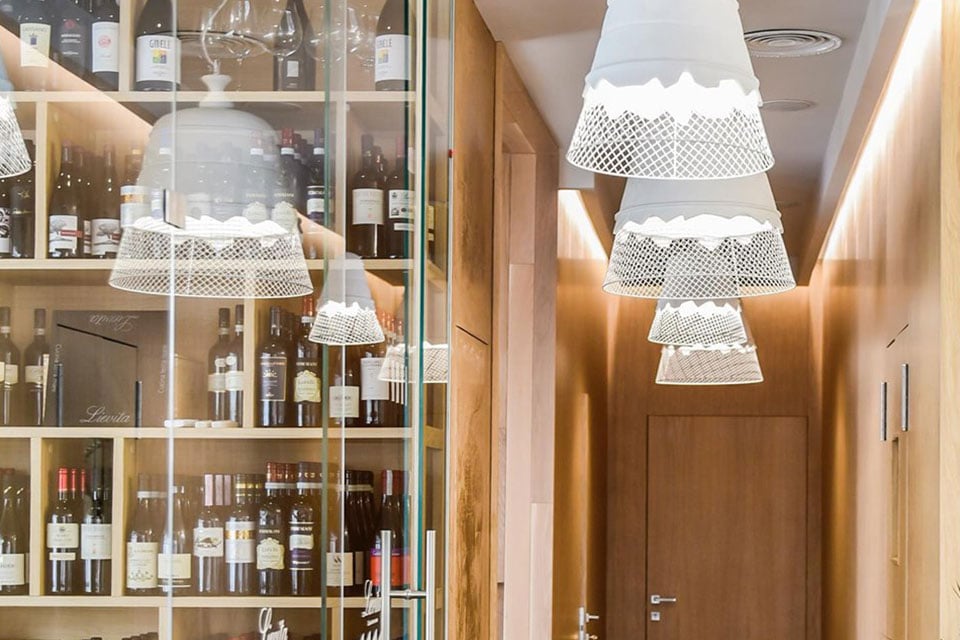
Domenica
Create a project to illuminate a restaurant that can create emotions
A restaurant must represent your client's personality and make the guests' experience unique and unrepeatable.
The atmosphere that your lighting project will create will always have to be adapted to the type of use by the target customers.
You can recreate different scenes and luminous atmospheres according to the needs of your client and those of the guests, choosing lights with varying intensity and colors to create the right atmosphere, which may vary depending on the event or the use of the restaurant.
Starting with simple lighting, you can achieve excellent results and make your client’s restaurant optimal for its objectives,with a versatile lighting system with which you can provide the right atmosphere for every situation, always being careful to avoid common mistakes such as:
- not illuminating the tables properly
- underestimating the importance of outdoor path lighting
- not pointing out the service areas
- using superfluous lighting for the cash area
- not distinguishing the different areas of the location
- not illuminating the kitchen enough
Remember the importance of restaurant lighting, which, as we have seen, is no small matter because of its success: for a restaurateur, the right choice of lighting can have a significant effect on their success or failure.
The lighting of a restaurant is, therefore, a real marketing and communication tool, as it identifies and strengthens the brand. It is also an essential element to attract new customers and retain the regular ones, immersing them in an atmosphere designed to give them an experience made of sensations so pleasing that it gives them a reason to share it with others, increasingly expanding the network of guests and, consequently, your client's business.






